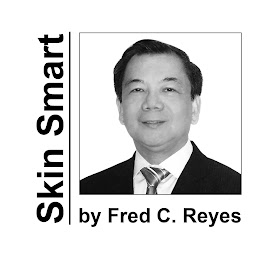Competition for
higher SPF claims among sunscreen products is as
intense as the summer heat. The advertising messages tend to mislead many into
thinking that a 100+ SPF is twice as good as the one with a 50 SPF. But that is
farthest from the truth.
Let’s look at the
facts. A sunscreen with SPF 15 blocks about 93% of UVB rays; SPF 30 blocks 97%
of UVB rays; and SPF 50 blocks about 98% of UVB rays. Beyond SPF 50, any
additional sun protection would be insignificant. No sunscreen will block 100
percent of UVB rays.
If you have fair
skin, you normally would develop sunburn in 10 minutes, in full sun without sun
protection. A 30 SPF sunscreen would provide protection 30 times longer. That
means 300 minutes before you start to burn. That’s 5 hours. A 50 SPF would
protect you for 500 minutes. That is more than 8 hours!
The USFDA has already
proposed prohibiting sunscreen claims beyond SPF 50, which tend to be “misleading
to the consumer,” given that there is an “absence of data demonstrating
additional clinical benefit” (FDA 2011a), and that “there is no assurance that
the specific values themselves are in fact truthful…” (FDA 2007).
Do not get the idea
that with a high SPF rating, one application of sunscreen would be enough to
protect you all day. You of course need to reapply after swimming, drying off
or sweating. You also need to reapply every two hours. Sunscreen ingredients are
like sponges that absorb radiation and lose their protective power as they reach
saturation point.
Note that SPF measures only protection against UVB rays, which cause sunburns, but not UVA rays, which can be more damaging to body tissues and cause wrinkles and premature aging. UVA rays penetrate deeper into the skin than UVB rays. Protection against UVA rays could be a more important consideration when choosing your sunscreen, especially for daily use.
How is protection
against UVA rays measured? Most brands have adopted the PA system (Protection
Grade of UVA) to measure protection against UVA rays. The PA system is based on
the persistent pigment darkening (PPD) method, which uses
UVA radiation to cause persistent darkening of the skin. A PPD rating of 10
should allow a person 10 times as much UVA exposure as would be without
protection. PA+ corresponds to a PPD rating between 2 and 4, PA++
between 4 and 8, and the highest rating at PA+++, more than 8.
Be skin smart in choosing your sunscreen
product. And remember
that the first line of defense against harmful radiation would be shade,
protective clothing and avoiding the midday sun.
____________________________________________________________________________________
Skin Smart seeks to clarify facts and myths on skin care. This column was published in the Manila Bulletin Lifestyle Section on April 23, 2013. The author received the 2011 Outstanding Chemist Award from Professional Regulations Commission (PRC) for his achievements in the field of cosmetic chemistry. The author is the CEO of SkinStation and can be reached at fred.reyes@skinstation.ph.



Walang komento:
Mag-post ng isang Komento